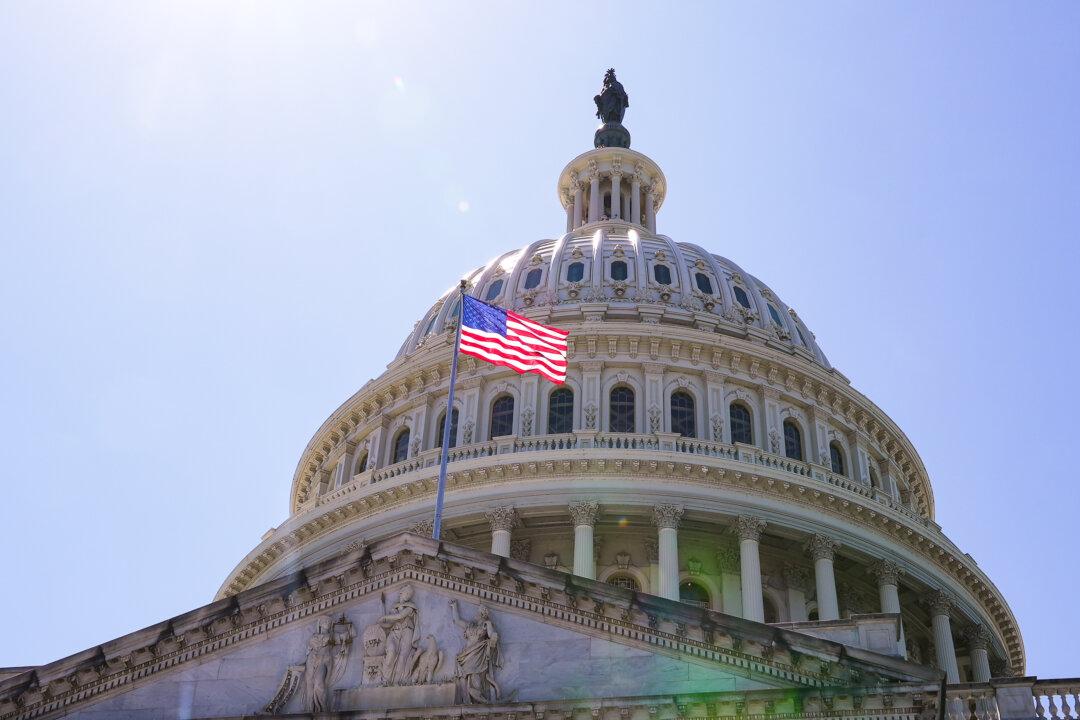The U.S. Supreme Court on Oct. 3 rejected two challenges to the federal government’s ban on gun bump stocks that were imposed following the Las Vegas mass shooting in 2017.
Bump stocks are devices that allow semi-automatic weapons to increase their rate of fire. The Bureau of Alcohol, Tobacco, Firearms, and Explosives (ATF) reversed a previous conclusion and classified bump stocks as forbidden under a 1934 U.S. law called the National Firearms Act.
Clark Aposhian, the Utah gun-rights advocate, sued to halt the ban in 2019, challenging the ATF’s authority in reclassifying bump stocks as forbidden machine guns. After a federal judge refused to grant him an injunction early in the case, Aposhian surrendered his device, pending the outcome of the litigation.
Separately, gun owner advocacy groups including Gun Owners of America and three of its individual members sued in federal court in Michigan to block the bump stock ban from taking effect. The Cincinnati-based 6th U.S. Circuit Court of Appeals in 2021 upheld the ban.
After the Supreme Court’s Oct. 3 ruling, Gun Owners of America issued a statement saying the ban sets a “dangerous precedent” that will give the federal government broader powers to regulate firearms.
Earlier this year, lawyers for the Biden administration urged the Supreme Court to stay out of the dispute over the ATF rule.
The ATF had “determined that bump stocks are machine guns under the statue, not that the agency had discretionary authority under the statute to classify them as machine guns,” Solicitor General Elizabeth Prelogar argued in a court filing.
Ban
A bump stock uses the recoil action of a semi-automatic rifle to simulate fully automatic firing.In 2017, the ATF rule banning bump stocks stipulated “that [bump stocks] are ‘machineguns’ as defined by the National Firearms Act of 1934 and the Gun Control Act of 1968” as these devices “allow a shooter of a semiautomatic firearm to initiate a continuous firing cycle with a single pull of the trigger.”
When the rule was proposed about five years ago, the agency estimated that Americans possessed about 520,000 bump stocks. The ban required them to either be relinquished or destroyed.

The ban on bump stocks took effect in 2019 as a result of the October 2017 mass shooting that left 58 dead in Las Vegas. Stephen Paddock, a high-stakes gambler, allegedly used rifles—some of which law enforcement officials say had bump stocks—to fire at a crowd of country music concertgoers.
Other Cases
In June, the Supreme Court court declared for the first time that the U.S. Constitution protects an individual’s right to carry a handgun in public for self-defense. The decision handed a victory to gun rights advocates in a nation deeply divided over how to address firearm violence.Previously, the Supreme Court declined to take up a separate legal effort by other gun rights groups in 2020 to overturn the ATF ban on bump stocks.
The cases that the Supreme Court rejected on Oct. 3 are W. Clark Aposhian v. Merrick B. Garland, 21-159, and Gun Owners of America v. Merrick B. Garland, 21-1215.





